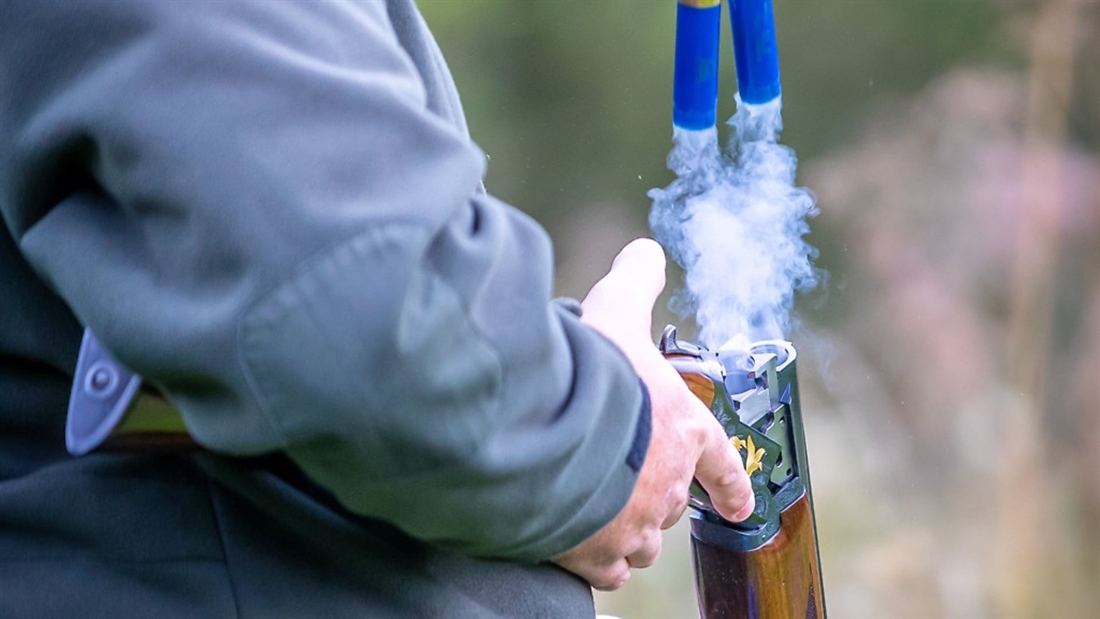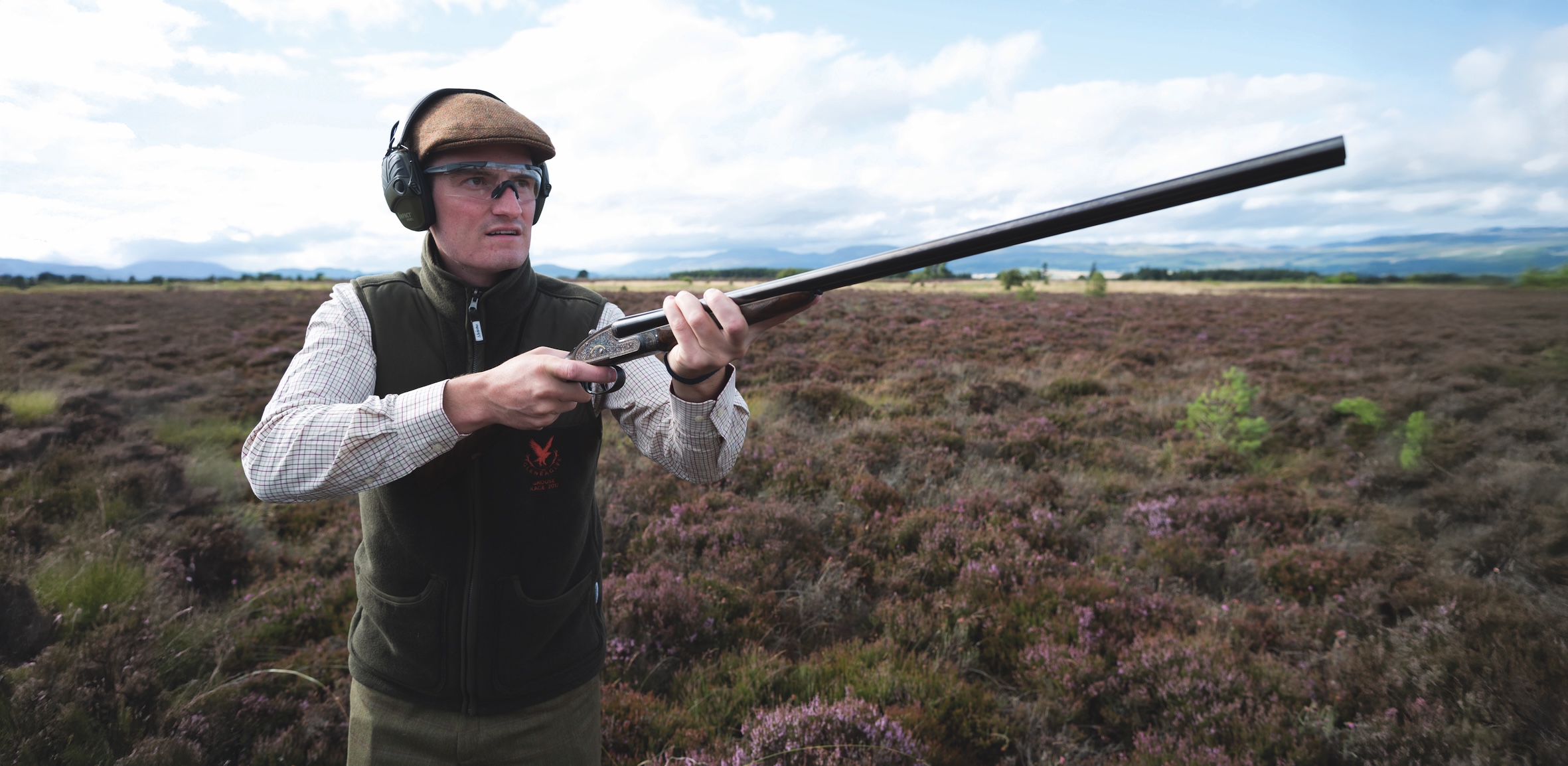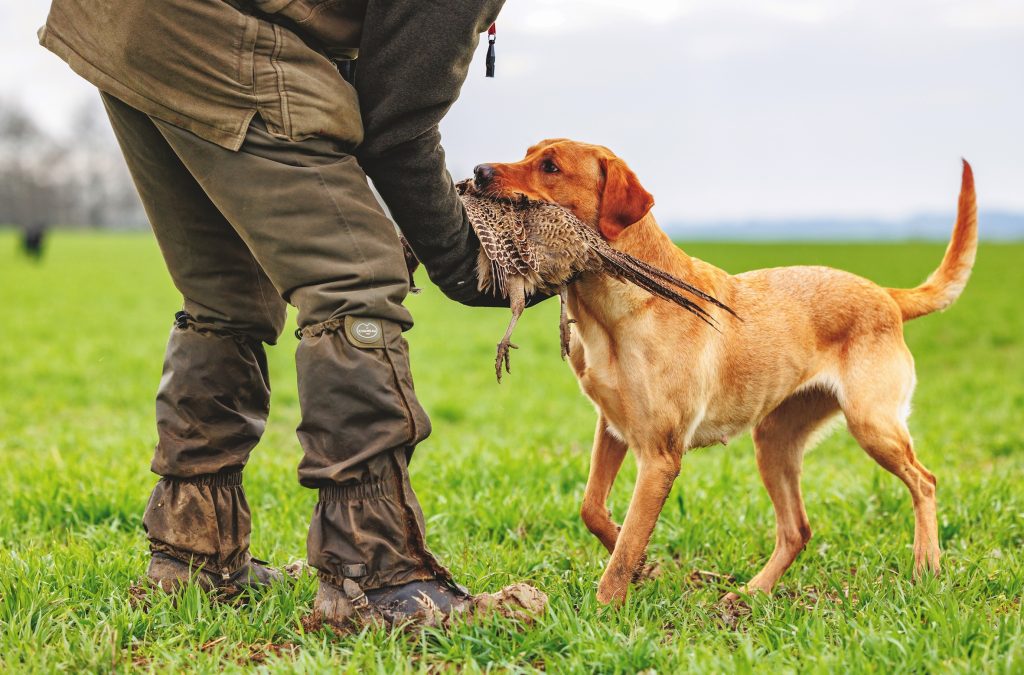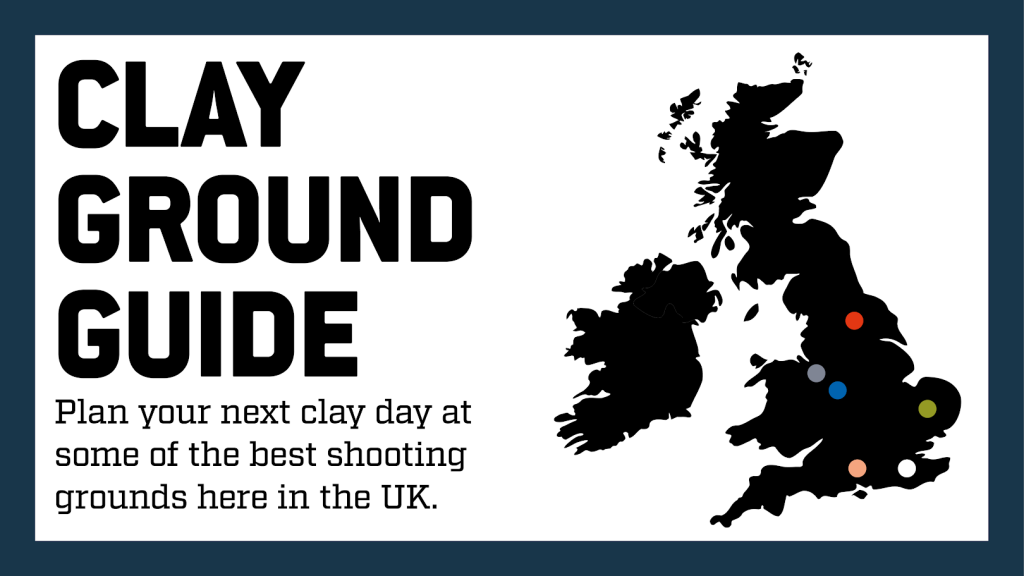Lead shot toxicity – the science

Is there scientific evidence that lead is dangerous to wildlife? Is there evidence that a ban will reduce lead poisoning? The GWCT answers these questions and more!
The GWCT’s answers to your questions about the effects of lead on wildfowl, wildlife and game birds.
The simple fact, the GWCT says, is that lead is dangerous to wildlife. When any bird or mammal ingests spent lead ammunition by mistaking it for grit or foodstuffs, or by scavenging unretrieved shot quarry, it can result in lead poisoning. In addition, animals that are shot but not killed may carry lead shot in their bodies and this adversely affects their wellbeing.
Lead ammunition degrades very slowly and so may take several decades or longer to become unavailable to foraging wildlife. Recent published estimates (2015) suggest 50,000-100,000 wildfowl die each year from lead poisoning in the UK, with between 200,000 and 400,000 thought to suffer welfare effects from ingestion or through embedded lead.
Computer modelling of bird populations and correlative studies suggest that lead poisoning may be affecting population growth rates and sizes in a number of bird species in the UK, including dabbling ducks, diving ducks and grey partridges, and in common buzzards and red kites in Europe.
What species are susceptible to lead poisoning?
Effects of lead poisoning have been documented extensively in waterbirds, and also in terrestrial birds including game and predatory species. In some species present in the UK, namely mallards, whooper swans and golden eagles, recent studies have shown effects at lower blood concentrations than previously reported. This development reflects conclusions that there is no clear threshold below which human health is not affected by lead exposure.
Is there any evidence that lead shot exposure is having an impact on game birds?
A GWCT study published in 2005 found that 4.5% of discovered dead birds contained lead shot in their gizzards and estimated that 1.2% of living wild grey partridges contained ingested lead shot at any one time. Other UK studies report similar findings in pheasants and red-legged partridge but do not record impacts on bird health and welfare. A Canadian study found elevated levels of lead in American woodcock that were traced back to lead shot ingestion.
Is there any evidence that lead shot exposure is having an impact on other terrestrial wildlife?
Yes. Although little evidence is available from the UK, an increasing number of studies worldwide have shown that predatory birds suffer from lead poisoning through ingestion of spent lead ammunition while scavenging carcasses of unretrieved quarry or discarded offal (grallochs). The most famous example is that of the California condor, which was driven to the brink of extinction by such lead poisoning. It was saved by captive breeding and reintroduction to the wild, combined with a ban on the use of lead ammunition, initially across the reintroduction zone and, since 2019, throughout California.
Is lead shot the only remaining source of lead exposure for wildlife?
No. Some areas of the UK have high levels of naturally occurring lead minerals on the ground, but these are localised, whereas exposure to lead ammunition sources is much more widespread and likely to be increasing. Water run-off from lead roof sheeting and the agricultural use of sewage sludge and manure are additional minor sources of wildlife lead exposure, as is the presence of lost lead fishing weights in water bodies (noting that weights under 1oz have been illegal in the UK since 1987).
Would changing to non-lead ammunition reduce lead in the environment?
Yes. Data from Denmark suggests that it does reduce environmental lead. In Denmark, compliance with the ban on lead is close to 100% and wildlife exposure has reduced, benefiting the environment, the species and also the hunters.
READ MORE
Supermarkets are putting pressure on game dealers to supply lead-free game meat
How European legislation influenced the decision to phase out lead





